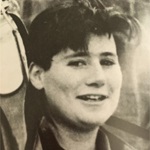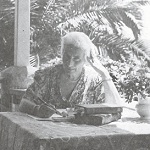This Historical Records of Australian Science virtual issue has been curated in support of the 2023 conference of the Australasian Association for the History, Philosophy and Social Studies of Science, affectionately known as AAHPSSS. Dating back to 1966, AAHPSSS is one of the oldest academic associations in Australia.
First up in this issue is an article by Libby Robin, based on her Dyason Lecture from 2021. This lecture is AAHPSSS’ signature annual event, named in honour of Diana ‘Ding’ Dyason, foundation President of the society.
The 2023 conference was hosted by the University of Sydney, one of Australia’s leading History and Philosophy of Science departments. Daniela Helbig and Maureen O’Malley’s article delves into the history of our discipline at this institution.
Nuclear concerns have been the subject of much conversation at recent AAHPSSS conferences, including at the 2023 meeting. Darren Holden’s article on the history of the USA’s nuclear weapons program touches on these issues, including Australian involvement and ideals of transparency.
The issue of this scientific ideal of openness – important for the metaresearchers at AAHPSSS – is also central to Terry Kass’ account of Robert Hamilton Mathews.
There is much recent interest in the flows of colonial science especially between India and Australia. Sara Maroske’s article is an important contribution to this literature.
My own article – originally presented at the 2019 AAHPSSS conference – touches on issues of the constitutional arrangement of Australian science that remain relevant today.
Dr. Martin Bush
Senior Research Fellow, Historical and Philosophical Studies
Last Updated: 20 Nov 2023






